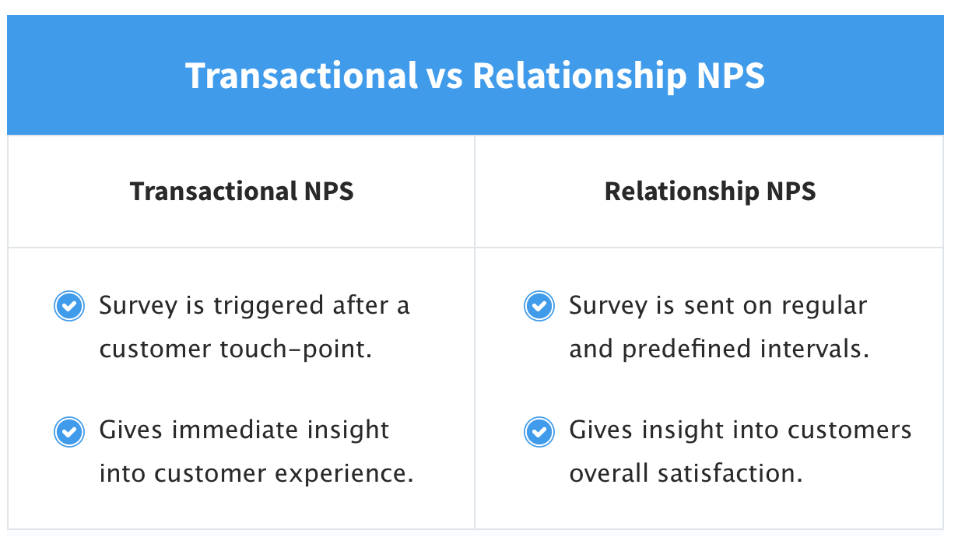Topics
3 New Ways of Measuring Employee Engagement

The idea that a happy workforce makes for a happy customer base is not hard to comprehend; in fact, most senior leaders report that employee engagement is one of their business’ top three success factors. But how to make that connection clear through measurement and implementation is rarely comprehensible, according to the results of a recent CGS survey. When judging ROI/effectiveness of learning programs, “employee engagement” resonated as the most important metric above business metrics, onboarding, retention, culture, qualitative data, and certification completions.
I think this is a promising development for the relevancy of learning because engagement is a lingua franca we can all understand. Brand loyalty starts within, we all intuit this and experience it daily as customers ourselves – the employees we interact with can make or break our impression of a company. From the inside of an organization, it’s important to understand the connections between internal and external loyalty, and in order to begin the process, it’s important to ask yourself one question. Whether you are in the C-suite or HR, you need to consider why you want to improve employee engagement. Because engagement for the sake of engagement is not enough. Increasing genuine advocacy is a means to an end. So, let’s consider which end you are most interested in seeking: Does your organization primarily need to improve (a.) productivity, (b.) customer satisfaction, or (c.) retention?
If you tried to answer (d.) all of the above, even though it wasn’t an option, that’s ok because many solutions can be simple and work together to improve engagement toward several ends. But if you are able to prioritize, all the better, because then you will know exactly how your solution is impacting business metrics.
Problem A, Productivity.
Engagement Solution: the tools and training employees need to do their job.
Measurement: internal Net Promoter System (NPS) for the learning and development team; would you recommend this opportunity/tool/team/resource to a colleague? I have even seen L&D team members embed a quick NPS survey in their email signature so that r (Relationship) NPS score is always being tracked for internal customers.

Courtesy of relently.com
When you meet employees where they are with the right learning and development opportunities delivered in the right way, you will increase their ability to do their job. According to Rob Markey, author of The Ultimate Question 2.0, “What earns advocacy is the ability to achieve extraordinary things against a purpose with meaning, an objective: the ability to work in a team that you trust and like and you’d do anything for and would do anything for you; and the opportunity to learn more and grow in the role.” [1] Engagement scores will go up but so will productivity when you pay close attention to the environment you are curating for your employees to perform in. While tNPS measures satisfaction in real time, or rNPS offers a general score to evaluate your service overall, performing a voice-of-the customer analysis up front will help you design the interventions.
Track your internal NPS scores against your company’s or department’s standard productivity measure to draw the correlation.

Problem B, Customer satisfaction.
Engagement Solution: Recognition programs that reinforce the behaviors that drive performance.
Measurement: a service-profit chain approach can show the link between internal and external satisfaction. Just look at the way Disney approaches employee engagement; they maintain top levels of customer satisfaction by fostering organizational culture, selecting right-fit talent, training the culture, communicating to inform and inspire, and creating a caring environment, according to the summary of concepts covered on the Disney Institute web site. Through positive reinforcement, they shape employee behaviors that in turn create high levels of satisfaction, customer loyalty, and, ultimately, revenue growth and profitability. How are your development programs reinforcing the right culture and your corporate values? HBR’s seminal article “Putting the Service-Profit Chain to Work” asks, “Are employee selection criteria and methods geared to what customers, as well as managers, believe are important?” and goes on the describe how, at Southwest Airlines, “frequent fliers are regularly invited to participate in the auditioning and selection of cabin attendants.” [ii] What is motivating your employees to walk the talk?

Problem C, Retaining the right talent.
Engagement Solution: Communications from/access to senior leadership, including goal alignment at all levels.
Measurement: Promotion and retention rates for high-potential talent. Leading organizations not only cascade the strategy messaging at regular intervals, they help employees at all levels of the organization align their day-to-day work to that strategy through goal setting and rewards that correlate to hitting those marks. This ensures that employees who display the highest potential to contribute at greater levels are clearly seeing the impact they are making. Temkin Group’s Five I’s of Employee Engagement includes “Inspire”: “Connect employees to the organization’s vision and values so that they believe those matter and take pride in their job and the organization.” A couple of the best practices they highlight are increasing accessibility to senior leaders and creating inspiring narratives. Among its five practices for influencing employee experience, the IBM Institute for Business Value promotes Responsiveness: encouraging “both employee and employer to share information and modify actions.” The two-way communication channel has proven to make a difference time and again.
An HBR Analytic Services report titled “The Impact of Associate Engagement on Performance” shows that senior leaders are prioritizing engagement as a top factor for business success; they are also more optimistic about levels of engagement in their organizations than middle managers are. Since middle managers probably have a more realistic perspective, there may be some room for executives to face the facts and be more proactive, the report argues. From customizing the tools and training you offer based on your employees’ stated desires, to rewarding and recognizing those who provide outstanding service, leaders at all levels of an organization have the power to take care of employees as you would customers. Opening up lines of communication so that leaders can better understand employees is something we all know to be key - hence the engagement survey. However, the way in which leaders communicate to associates is an equally important piece of the engagement strategy and one that can make all the difference to an employee who is deciding whether to stay or go.
Additional resources:
- Infographic: CGS 2019 Annual Learning Trends
- Webinar: Driving Organizational Change Through Learning & Development
- White Paper: How to Thrive in the Face of Disruption
[i] “The Impact of Associate Engagement on Performance,” Harvard Business Review Analytic Services 2013.
[ii] Putting the Service-Profit Chain to Work,” Harvard Business Review July-August 2008.


